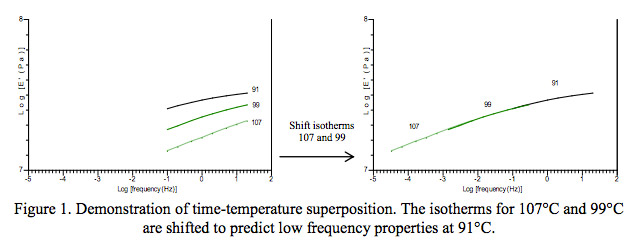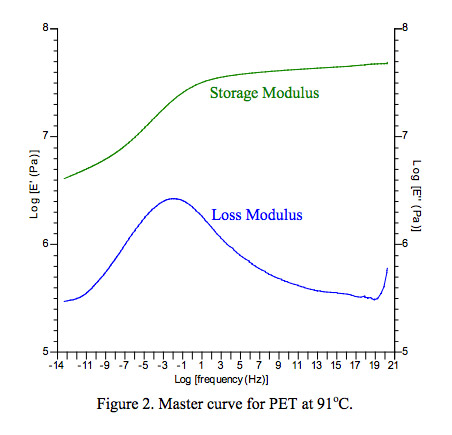- Lab Services
- Chemical
- Color Measurement
- Contact Angle
- Gloss Measurement
- Liquids
- Mechanical
- Abrasion
- AFM
- Contact Stylus Surface Roughness Analysis
- Depth Profiling
- Express Property Mapping through Accelerated Nanoindentation
- Macroscratch
- Microindentation
- Microscratch
- Modulus Mapping
- NanoDMA
- Nanoindentation
- Nanoscratch
- Rheology
- Scratch Testing ISO 1518
- Shore A and Shore D Hardness
- Universal Testing Machine
- Metallurgy
- Microscopy
- Particle Size
- Peel Strength
- Pore Size
- Surface Roughness & 3D Topography
- Technical Consulting
- Thermal
- Tribological
- X-Ray Diffraction
- Zeta Potential
- Products
- Industries
- Resources
- About Us
- Testimonials
- Contact Us


 Semiconductors play a large role in the electronics industry – using the materials to run devices such as cell phones, medical devices, and computers. The most common semiconductor used in industry today is silicon, but it is far from being the only semiconductor used. Regardless of which material is chosen for a semiconductor, it is crucial to know the material properties in order to discern if it will function properly in all environments to which it could be exposed.
Semiconductors play a large role in the electronics industry – using the materials to run devices such as cell phones, medical devices, and computers. The most common semiconductor used in industry today is silicon, but it is far from being the only semiconductor used. Regardless of which material is chosen for a semiconductor, it is crucial to know the material properties in order to discern if it will function properly in all environments to which it could be exposed.







